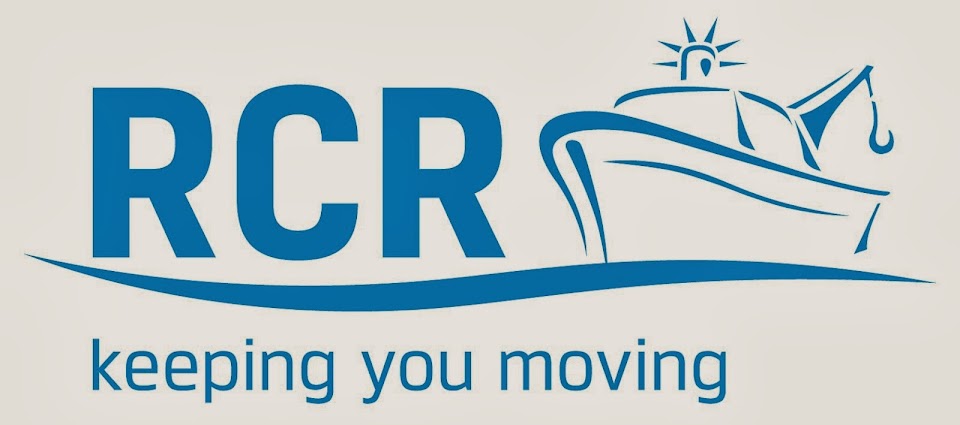We’re all aware of the 12 days of Christmas song, but rather
than buying your loved one a partridge in a pear tree, turtle doves, French
hens, calling birds, golden rings etc, we thought the following might be more useful.
Available from our website and other sources.
Day one – RCR membership.
It’s amazing how many incidents are incurred by advocates of ‘it’ll
never happen to me’. We’re here to help 24/7, whether it’s a breakdown or an
emergency, and with annual membership starting at £55, it’s a small price to
pay for peace of mind when cruising.
Day two – a place on a RCR weekend boat and engine
maintenance course. Held at Alvechurch
Marina near Birmingham, the 12 hour course, split over two days, costs £100 and
is ideal for those who are keen to know more about the specification and
maintenance of marine diesel engines and boat systems. Electrics for boaters
courses are also available at £130.
Day three – a place on a RYA course. You wouldn’t drive a car without knowing the
rules and what to do, so why do set off on a boat without knowing the basics?
Royal Yachting Association approved courses are run across the UK at all levels
for the helmsman and crew covering personal safety, on-board communication,
boat handling basics, throwing a mooring line, locks and tunnels, lock
operations, collision avoidance, how to be a look-out, what to do in an
emergency, looking after the environment and introductory engine maintenance. The cost varies depending upon the number of
days, people and course taken
Day four - waterways maps and apps. Have the inland waterway
system at your fingertips. The Water-Way map and app is the essential boating
companion, containing everything you need for route planning and sat nav when
boating in GB. It details over a thousand points of interest and 100+ service
providers, from doctors, dentists and vets to pump-outs, diesel, gas and shops
– and everything in-between. Priced at
£93.60, you don’t need an internet connection to use it.
Day five – an automatic bilge pump. The automatic version is far more reliable than a manual. It immediately responds to water ingress with
the float switch dictating when it should pump. Should a leak develop from
cooling system, hull or other source (or there’s a build up of rain water),
this will keep your vessel safe. Prices start at around £60.
Day six – a water
detek alarm. Internal water leaks, caused by loose or sheered domestic water pipes,
a hull breach, or failed shower pump, can be devastating. And water in the
engine compartment due to a loose weed hatch, leaking stern gland or
ineffective bilge pump can result in potential sinking or engine damage. This
compact alarm has a two metre sensor at its tip and is fitted with a watch
battery, lasting for a year and sounding for many hours. The detector
costs £15.
Day seven – carbon monoxide detector. Carbon monoxide is
known as the silent killer, so it’s vital you’re able to detect these noxious
and often fatal, gases. An alarm with a seven year battery is available at
£27.21.
Day eight - a fuel locking cap. Prevent the theft of fuel
from your boat with this ingenious device. Brass and chrome versions are
available from £14.77 (black)
Day nine – an engine service kit. This box, containing a basic service kit has oil
and fuel filters, the correct oil, fuel treatment and essential mop-up mats. If
you need anything it can be added for an additional charge. Prices vary between
£35-55, depending upon your engine
Day ten – mini tool kit. Always handy (you never know when you might
need them), this small kit is ideal for minor emergencies and easy to store and
access. Prices start from £15.
Day eleven – a lock windlass. This L-shaped tool makes the job of winding
the canal lock paddle mechanism up and down so much easier. Even if you already have one, a back-up is
always useful as they can easily be left at a lock or dropped in the water. A
double-headed version is available at £9.10.
Day twelve – a year’s subscription to a magazine or
newspaper. Who doesn’t like a good read?
Whether it’s finding out more about your favourite pastime or just general
interest, we all benefit from additional knowledge.
If none of these suggestions provide a source of
inspiration for that Christmas gift, you can always resort back to the ’12 days
of Christmas’. The swans and geese however, might be easier to find than the
maids-a-milking, ladies dancing, lords-a-leaping, pipers piping and drummers
drumming. Merry Christmas to all from River
Canal Rescue .









